In 2025, the demand for HDMI 2.1 monitors is surging, driven by cutting-edge display technology and high-resolution content needs. This article provides a comprehensive analysis, highlighting essential factors for business buyers, from resolution and refresh rates to build quality and future-proofing. The insights offered will aid professional buyers in making informed decisions.
Table of Contents:
– Market Overview of HDMI 2.1 Monitors
– Detailed Analysis of the HDMI 2.1 Monitor Market
– Key Factors When Selecting an HDMI 2.1 Monitor
– The Evolution of HDMI 2.1 Monitors: Trends and Technologies
– Practical Considerations for Business Buyers
– Future-Proofing Your Investment
– Wrapping Up the Insights
Market Overview of HDMI 2.1 Monitors
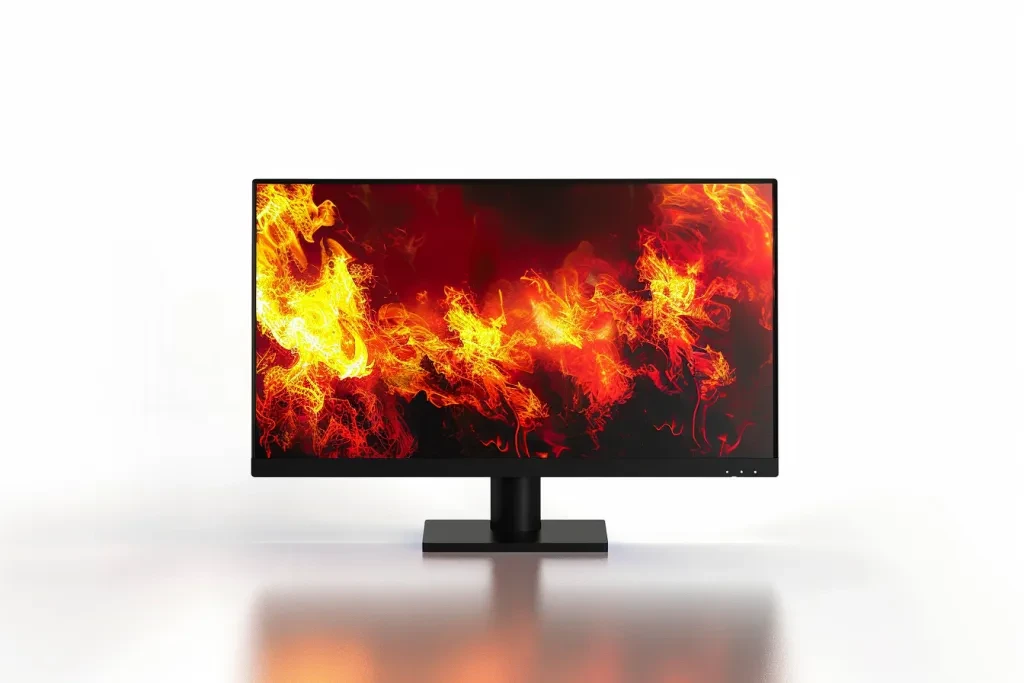
The HDMI 2.1 monitor market is experiencing significant growth, driven by advancements in display technologies and increasing demand for high-resolution content. According to the latest industry reports, the HDMI cable market, which includes HDMI 2.1, is expected to grow by USD 842.8 million from 2023 to 2028, with a compound annual growth rate (CAGR) of 4.78%. This growth is fueled by the rising penetration of smart devices and the increased usage of HDMI cables in gaming, augmented reality (AR), and virtual reality (VR) applications.
The computer monitor market, closely related to HDMI 2.1 monitors, is also on a growth trajectory. It is projected to expand from USD 44.67 billion in 2024 to USD 58 billion by 2029, registering a CAGR of 5.36%. This growth can be attributed to the increasing use of LED screens, digital signage solutions, and overall technological progress. The demand for high-performance monitors with features like high refresh rates and superior color accuracy is driving the market forward.
Regionally, the Asia-Pacific market is anticipated to witness the fastest growth due to the large-scale production of computer components and the presence of key manufacturers like Samsung and Lenovo. The region’s focus on technological innovation and competitive pricing further strengthens its position in the global market. North America and Europe also contribute significantly to the market, driven by a high demand for advanced gaming and professional monitors.
Detailed Analysis of the HDMI 2.1 Monitor Market
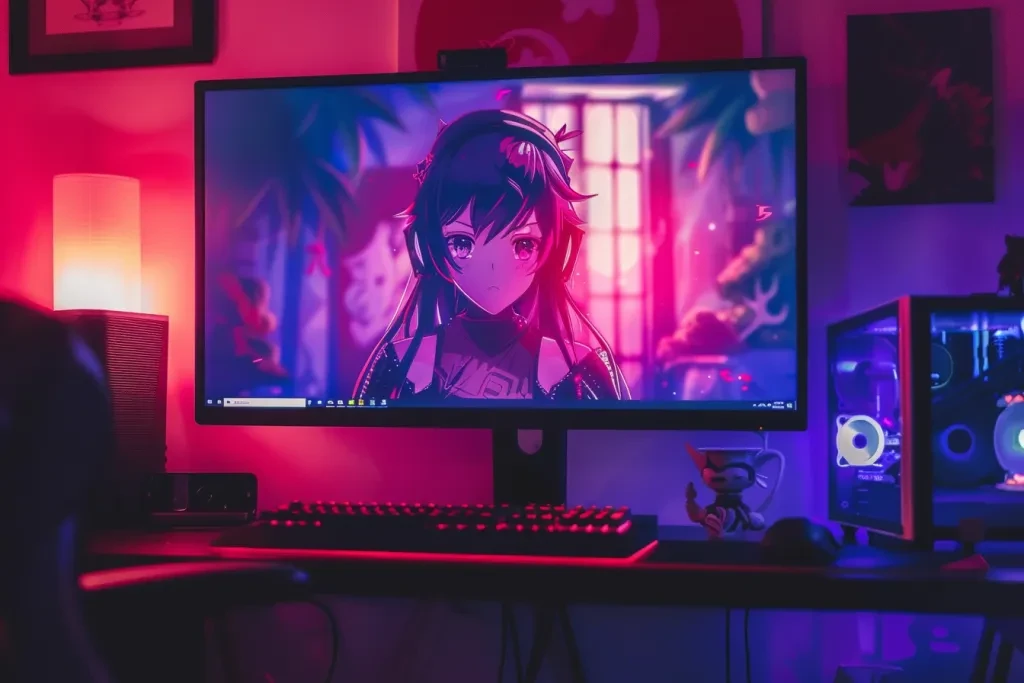
HDMI 2.1 monitors are setting new standards in display performance, offering features such as 4K resolution at 120Hz, 8K resolution at 60Hz, and dynamic HDR support. These monitors cater to the growing needs of gamers, content creators, and professionals who require high-quality visuals and seamless connectivity. The market is characterized by intense competition among key players like Dell, Samsung, and Sony, who are continually innovating to capture market share.
The gaming sector is a major driver of the HDMI 2.1 monitor market. Gaming monitors with refresh rates up to 240Hz, response times as low as 1ms, and support for technologies like G-Sync and FreeSync are highly sought after. For instance, Samsung’s Odyssey Neo G9 monitor, with its 57-inch Dual Ultra-High-Definition (DUHD) display and 240Hz refresh rate, has set a new benchmark in the industry. The integration of HDMI 2.1 allows for smoother gameplay and enhanced visual experiences, making these monitors a preferred choice for gamers.
Consumer behavior is shifting towards larger and higher-resolution monitors, driven by the increasing consumption of multimedia content and the rise of remote work and learning. The demand for monitors with ergonomic features, such as adjustable stands and eye-care technologies, is also growing. Companies like Dell and HP are addressing these needs by launching monitors with features tailored for productivity and comfort. For example, Dell’s UltraSharp series with IPS Black technology offers superior color accuracy and contrast, catering to both professional and consumer markets.
Environmental regulations and sustainability are becoming important considerations in the market. Manufacturers are focusing on energy-efficient designs and eco-friendly materials to meet regulatory standards and consumer preferences. The trend towards digitalization and smart home integration further drives the demand for HDMI 2.1 monitors, as they offer seamless connectivity with various smart devices and platforms.
Key Factors When Selecting an HDMI 2.1 Monitor
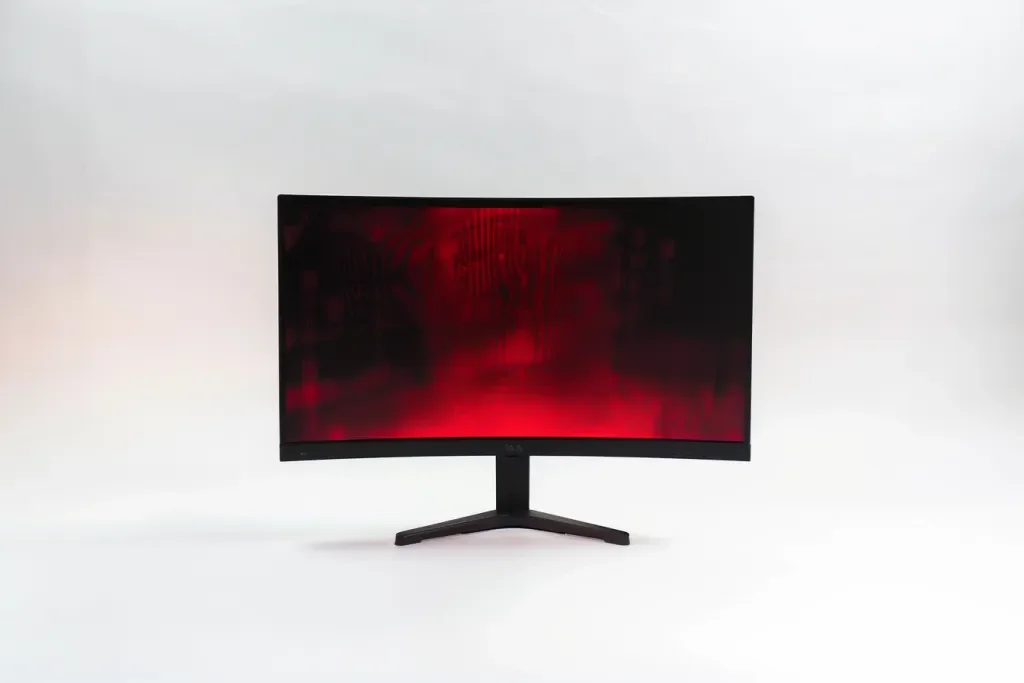
Choosing the right HDMI 2.1 monitor involves considering several critical factors to ensure you get the best performance and value for your investment. HDMI 2.1 is a significant upgrade over HDMI 2.0, providing higher bandwidth, improved resolution, and enhanced features for both gamers and professionals. Here are the key aspects to consider:
Resolution and Refresh Rate
Resolution and refresh rate are paramount when selecting an HDMI 2.1 monitor. HDMI 2.1 supports up to 10K resolution at 120Hz, ideal for high-definition content and fast-paced gaming. For gamers, a higher refresh rate, such as 144Hz or 240Hz, ensures smoother gameplay with reduced motion blur. Monitors like the ASUS ROG Swift PG32UCDM, which supports 4K UHD resolution at 144Hz, are excellent examples of what HDMI 2.1 can offer.
HDR Support and Color Accuracy
High Dynamic Range (HDR) support is another crucial feature. HDMI 2.1 monitors with HDR10+ or Dolby Vision provide a broader color spectrum and improved contrast, enhancing the visual experience. Monitors like the Samsung Odyssey Neo G9, with Quantum HDR 2000, deliver superior brightness and color accuracy, making them suitable for both gaming and professional content creation.
VRR and ALLM
Variable Refresh Rate (VRR) and Auto Low Latency Mode (ALLM) are essential for gamers. VRR eliminates screen tearing and stuttering by synchronizing the monitor’s refresh rate with the frame rate of the content. ALLM ensures the monitor automatically switches to low latency mode, reducing input lag. HDMI 2.1 monitors like the LG UltraGear 27GX790A with VRR and ALLM support offer a seamless gaming experience.
Connectivity and Compatibility
Ensure the monitor has sufficient HDMI 2.1 ports and other connectivity options like DisplayPort 2.1, USB-C, and multiple HDMI inputs. This is crucial for connecting various devices such as gaming consoles, PCs, and streaming devices. Monitors like the LG 27GS93QE, with multiple HDMI 2.1 ports, provide flexibility and convenience for diverse setups.
Build Quality and Ergonomics
The build quality and ergonomic features of the monitor are also important. A sturdy build ensures durability, while ergonomic stands allow for height, tilt, and swivel adjustments, providing comfort during extended use. Monitors like the Sony InZone M10S, known for their robust build and ergonomic design, are ideal for long gaming or work sessions.
The Evolution of HDMI 2.1 Monitors: Trends and Technologies
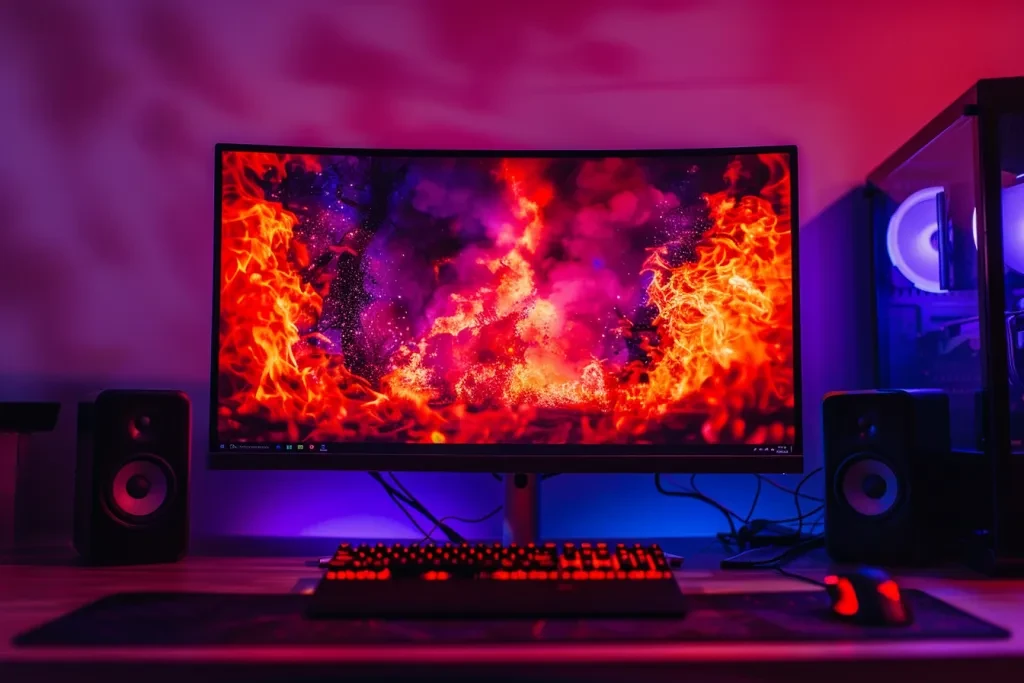
Advancements in Display Technology
HDMI 2.1 has paved the way for significant advancements in display technology. The introduction of OLED and QD-OLED panels, as seen in monitors like the ASUS ROG Swift OLED PG39WCDM, offers deeper blacks, vibrant colors, and improved energy efficiency. These technologies provide a superior visual experience, making them ideal for both gaming and professional use.
The Rise of 4K and 8K Resolutions
With HDMI 2.1, 4K and 8K resolutions are becoming standard. Monitors like the Acer Predator Z57, with its 7680*2160 resolution, offer unparalleled image clarity and detail. This trend is particularly beneficial for content creators and gamers who demand the highest visual fidelity.
Enhanced Gaming Features
The gaming industry has greatly benefited from HDMI 2.1. Features like VRR, ALLM, and high refresh rates have become standard in gaming monitors. The MSI MEG 321URX, with its AI-powered features, is a prime example of how these technologies are being leveraged to enhance the gaming experience.
Practical Considerations for Business Buyers
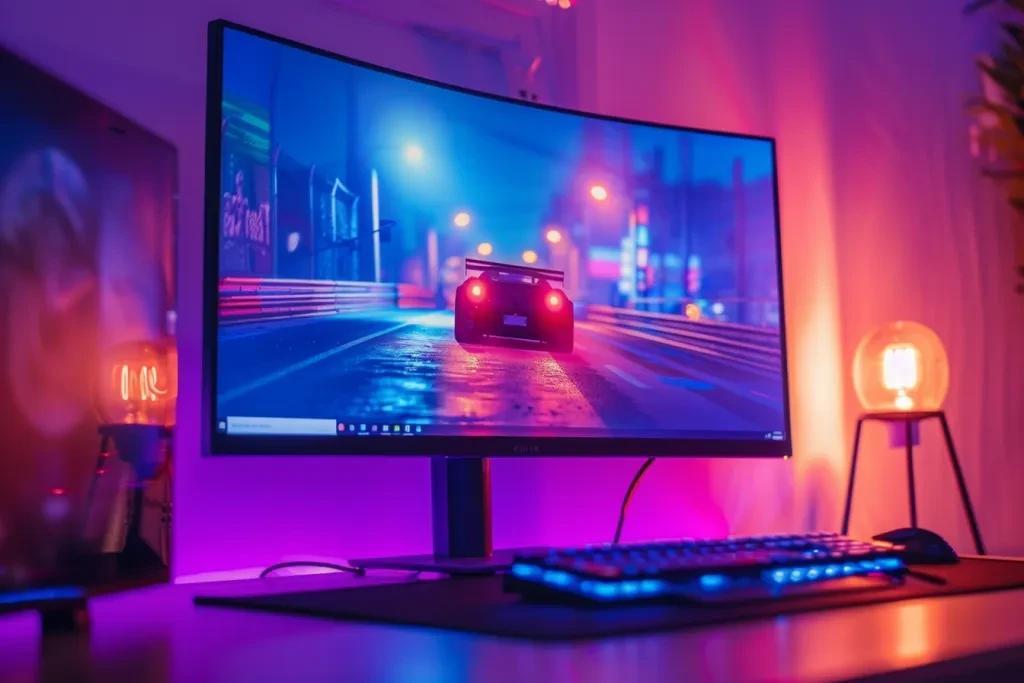
Cost vs. Performance
When purchasing HDMI 2.1 monitors in bulk, it’s crucial to balance cost and performance. While high-end models like the HP Omen Transcend 32 offer premium features, there are more budget-friendly options that still provide excellent performance. Evaluating the specific needs of your business, such as the importance of high resolution and refresh rates, can help determine the most cost-effective options.
Warranty and Customer Support
Reliable warranty and customer support are essential for business buyers. Ensure that the manufacturer offers comprehensive warranty coverage and responsive customer support. Brands like LG and Samsung are known for their robust warranty policies and excellent customer service, making them reliable choices for bulk purchases.
Compatibility with Existing Systems
Ensure that the HDMI 2.1 monitors are compatible with your existing systems and devices. Check for compatibility with graphics cards, gaming consoles, and other peripherals. This ensures seamless integration into your current setup, minimizing potential compatibility issues.
Future-Proofing Your Investment
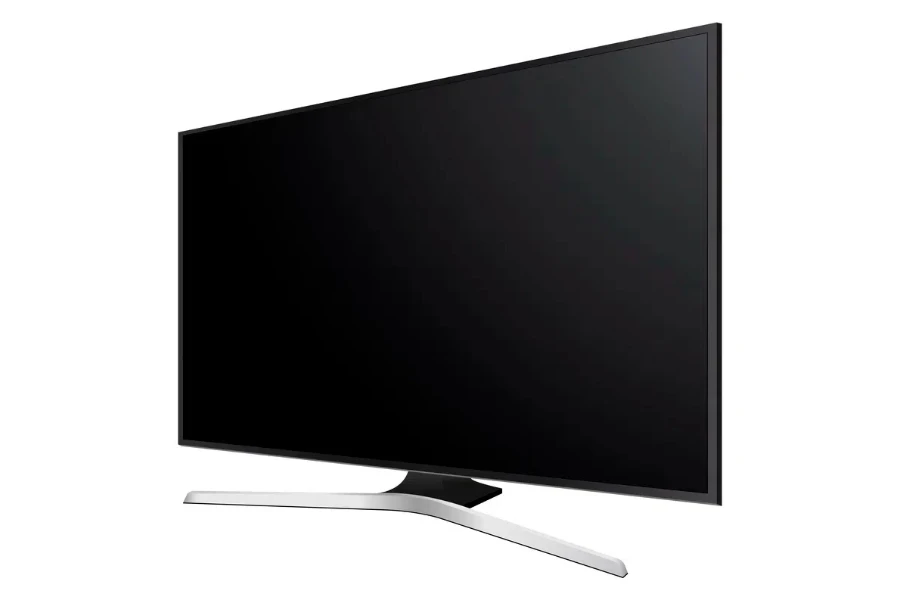
Upgrade Potential
When investing in HDMI 2.1 monitors, consider their upgrade potential. Monitors with features like firmware updates and modular designs allow for future enhancements, extending the lifespan of your investment. This is particularly important in a rapidly evolving technology landscape.
Energy Efficiency
Energy efficiency is another crucial factor, especially for businesses looking to reduce operational costs. HDMI 2.1 monitors with energy-saving features, such as automatic brightness adjustment and power-saving modes, can significantly reduce energy consumption. Look for monitors with Energy Star certifications to ensure compliance with energy efficiency standards.
Wrapping Up the Insights
In summary, selecting the right HDMI 2.1 monitor involves careful consideration of various factors, including resolution, refresh rate, HDR support, connectivity, build quality, and compatibility. By focusing on these aspects, business buyers can ensure they invest in monitors that offer excellent performance, durability, and future-proofing capabilities.



